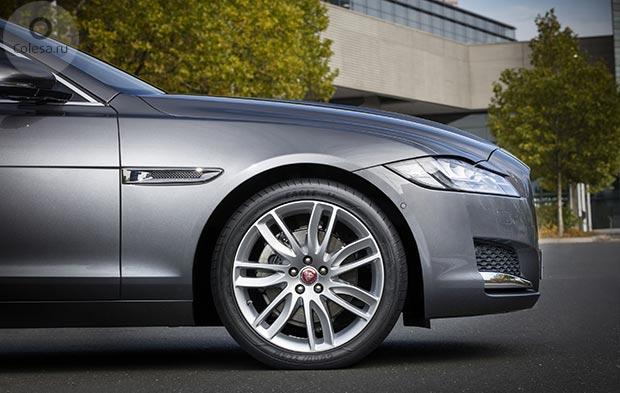Wheel Offset & Backspacing: The Comprehensive Guide

In searching for new wheels for your car, one of the most important factors is the wheel offset. Most customers commonly ask what wheel offset I need. As there are many vehicle manufacturers and models in the market, the wheel offset you will need depends on your vehicle and the width of the rim you want to install.
With wheel backspacing, your car tyres look hollow, enhancing the overall appearance of the vehicle.
In more technical terms, it is important to understand wheel offset and how it works, so that you can make the right decision before purchasing wheels.
What Are The Basics of Wheel Offset?
Zero wheel offset is the point at which the center mounting surface is in harmony with the centerline of the wheel. This means that the two of them line up and that there is no difference between the wheel itself and the wheel curves. A zero offset wheel is often indicated as a wheel with ET0.
Positive wheel offset is the point at which the mounting surface is towards the front of the wheel, which means moving inward on your vehicle.
By doing a positive offset, it gives more clearance from the outside edge, but it will also reduce the space between the inside edge of the tyre and the suspension. Looking at the wheels from the front, wheels with positive offset usually have a flat surface or, in some cases, a minor concave shape or dish.
A negative offset is the point at which the center surface is behind the wheel centerline. This shows that the mounting face of the rim fits a lot further into it, which increases the inside space between the inside edge of the tyre and the suspension.
For upgraded cars or lifter trucks, it’s important to choose a lower offset from OME to get more clearance when driving on the road. Choosing concave wheels or deep dish wheels as an example, those wheels are usually installed in a negative offset.
Common Issues Choosing Too Much Positive Offset
- Push the tyres and wheels too far inside the wheel arches
- Tyre rubbing over the suspension or bodywork
- Decrease vehicle handling
- Interfering brake parts
- Unstable handling
Common Issues Choosing Too Much Negative Offset
- Push the tyres and wheels too far outside the wheel arches
- Extra load on the suspension
- Cause tyre vibrations
- Increased steering wheel kick-back
- Decrease in vehicle handling
How To Measure Wheel Offset?
To measure the offset of your wheels, follow the simple steps below in order:
- Use the mm metric to calculate the overall width of the rim
- Find the middle line of the wheel, accurately half of the wheel’s width
- Measure the distance from the mounting face to the back edge of the wheel
- Take the distance of the middle line away from the distance between the back edge and the mounting face
- Subtract the center line from the hub distance measurement. For example, subtract 112mm from 172mm, resulting in an offset of 60mm.
- Great! You have just calculated the offset of your wheels.
The least demanding path to finding out the offset of your rim is to flip it over and check the back. By far, most wheel manufacturers have stamped the offset number on either the mounting center or on one of the alloy wheel spokes.
Now that we know where to find an offset on the rims, we are ready to start reading the numbers on the wheel to get details on the size and design of the rim. This information is important to determine if a wheel will be installed in your vehicle.
17×8.5 refers to the size of the wheel, in which 17 is the diameter of the rim whereas 8.5 is the width of the rim. ET38 refers to the offset of the wheel. The number can show us the rim is 38 millimeters from the centerline.
What Is Wheel Backspacing?
Now we already understand that wheel offset is the distance from the mounting face to the center of the wheel. No, the question is what wheel backspacing is? Wheel backspacing means measuring the distance from the inside edge of the rim to the mounting face. In simple terms, it’s the space on the back of the alloy wheel.
When you decrease the backspacing, you get more inside rim clearance. This means that less backspacing leads to a lower amount of wheel in the wheel well.
When you increase backspacing, you will get less rim clearance. The more backspacing you have, the more of the wheel is. As the backspacing amount increases, the chance of the rim rubbing over the suspension or brakes. You don’t want that.
For lifted trucks, backspacing is an especially important aspect to look at. Truck owners, pay attention to the limited backspacing left by the manufacturer of the lift kit you buy. If you want to go with bigger rims and choose a wheel with too much backspacing, the rim won’t fit on your truck.
Ensure you always know the limited backspacing left for your lift kit. Don’t try to do increased backspacing as recommended, otherwise, it can affect tyres Uxbridge grip and traction.
Post Your Ad Here
Comments